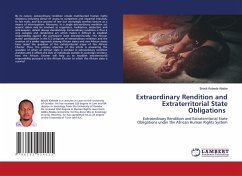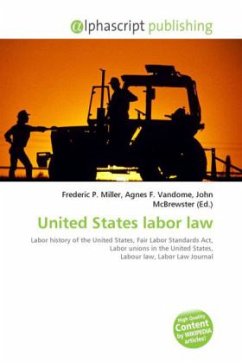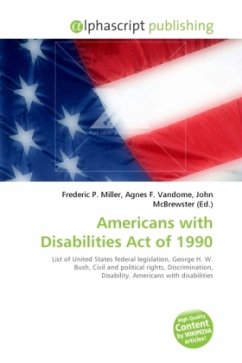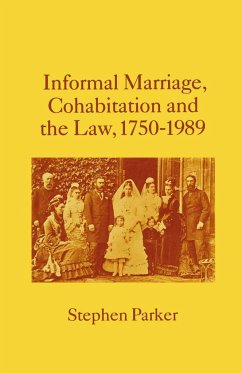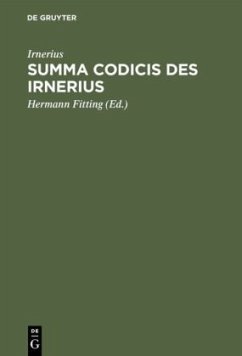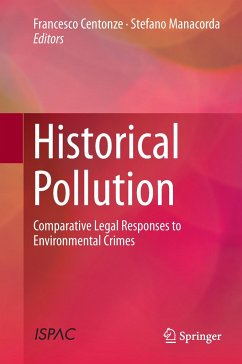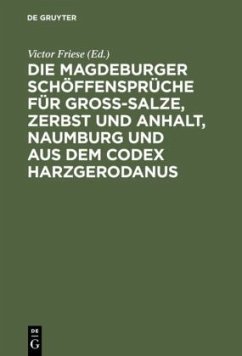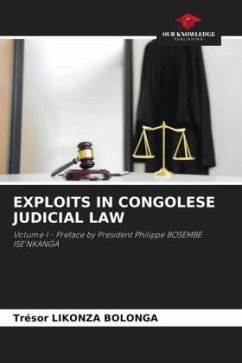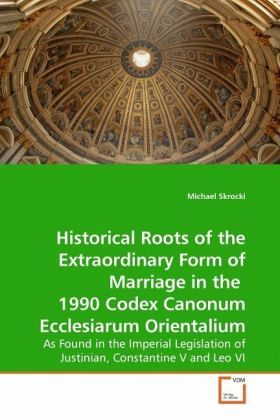
Historical Roots of the Extraordinary Form of Marriage in the 1990 Codex Canonum Ecclesiarum Orientalium
As Found in the Imperial Legislation of Justinian, Constantine V and Leo VI
Versandkostenfrei!
Versandfertig in 6-10 Tagen
52,99 €
inkl. MwSt.

PAYBACK Punkte
26 °P sammeln!
The 1990 Code of Canons of the Eastern Churches (CCEO) contained a provision for an extraordinary form of marriage without a priestly blessing. Many commentators found this provision to be problematic in light of the traditional Eastern emphasis on the priestly blessing for the valid celebration of marriage. This book examines the evolution of marriage law in Byzantium in the course of the late first millennium in order to discern whether the concerns of these commentators are justified.This book examines:~ The role of the Byzantine Emperor in the life of the Church, pre-Christian Roman marria...
The 1990 Code of Canons of the Eastern Churches (CCEO) contained a provision for an extraordinary form of marriage without a priestly blessing. Many commentators found this provision to be problematic in light of the traditional Eastern emphasis on the priestly blessing for the valid celebration of marriage. This book examines the evolution of marriage law in Byzantium in the course of the late first millennium in order to discern whether the concerns of these commentators are justified.This book examines:~ The role of the Byzantine Emperor in the life of the Church, pre-Christian Roman marriage law and the evolution of that marriage law in the law codes of Justinian, Constantine V, and Leo VI.~ The evolution of eastern marriage law among the Orthodox and Eastern Catholics from the tenth century into the early twentieth.~ Twentieth-century canonical developments among Eastern Catholics with particular emphasis on the 1949 decree Crebrae allatae, various Rotal decisions and finally the 1990 CCEO.~ The development of the extraordinary form of marriage in the Latin Church.~ Whether this canonical provision is a ?foreign? imposition as commentators claim or, rather, the restoration of an earlier sacramental praxis.




